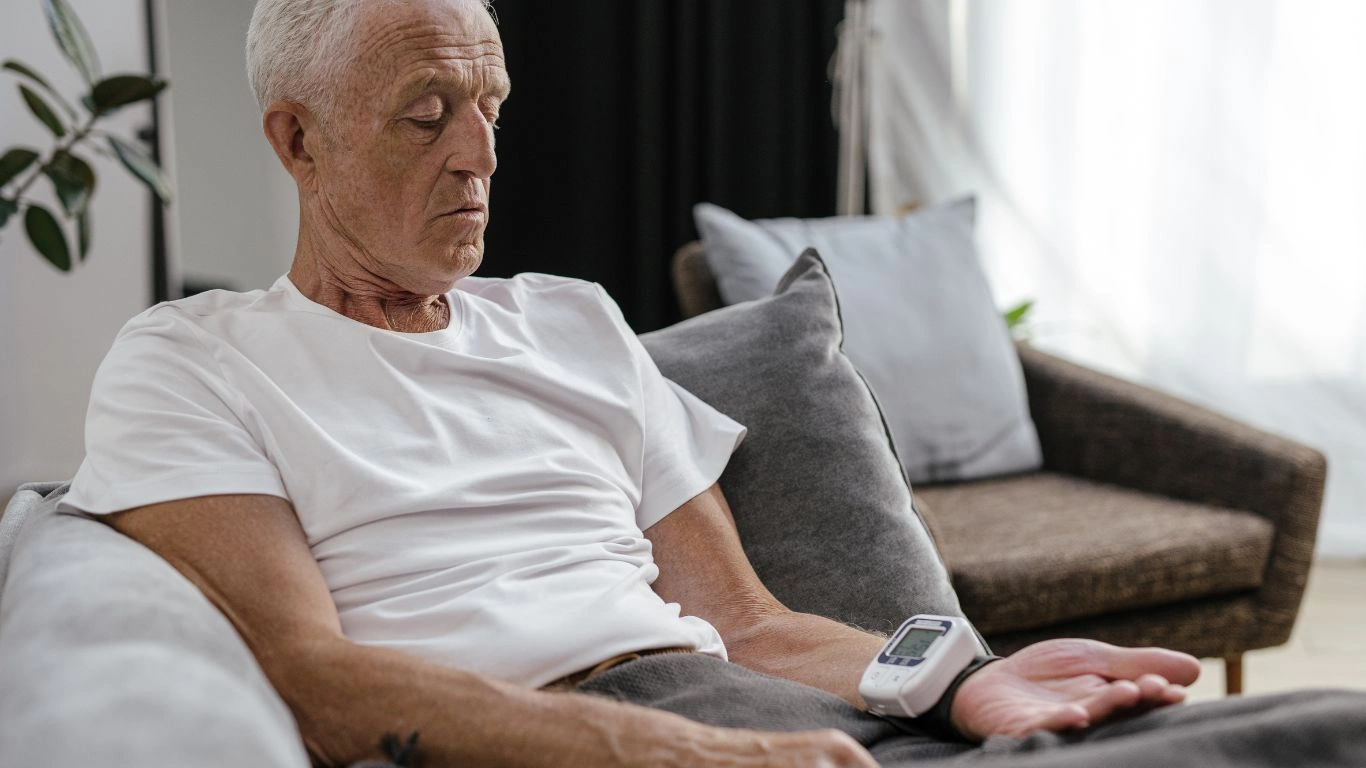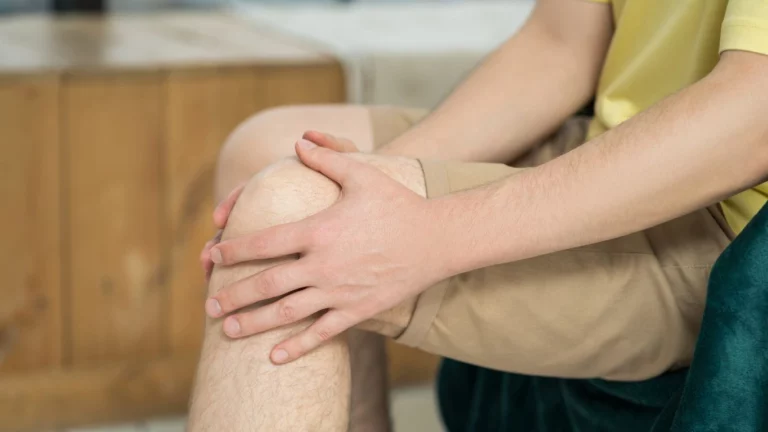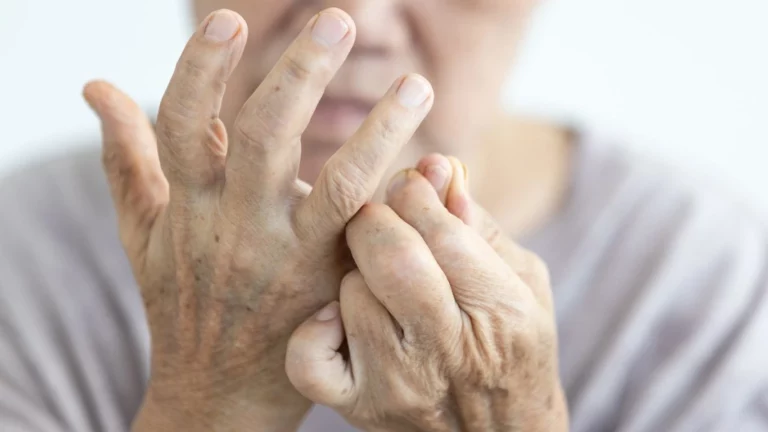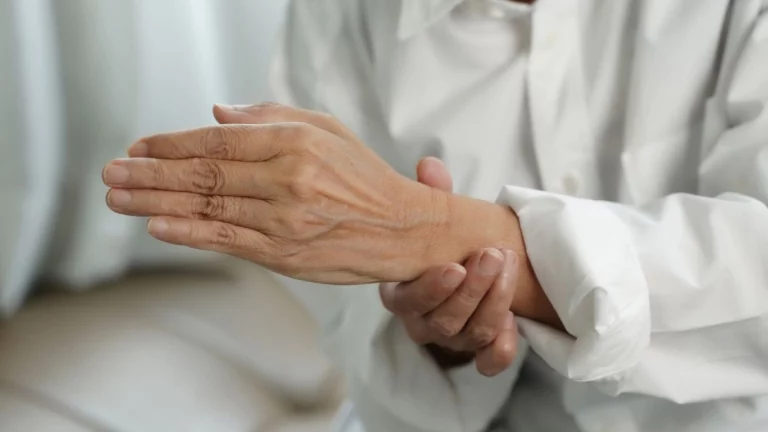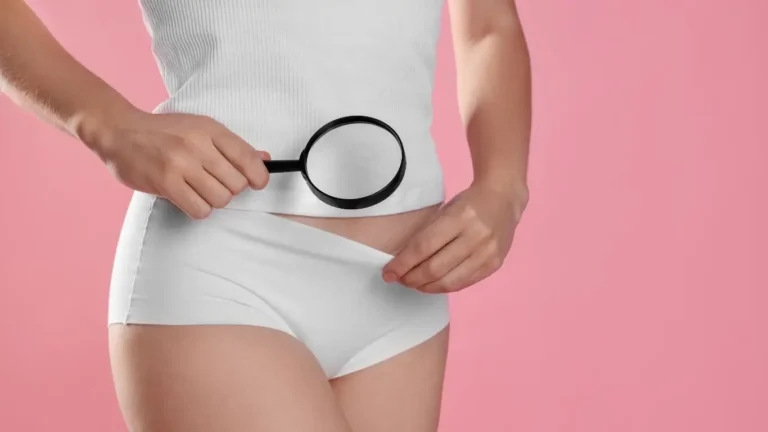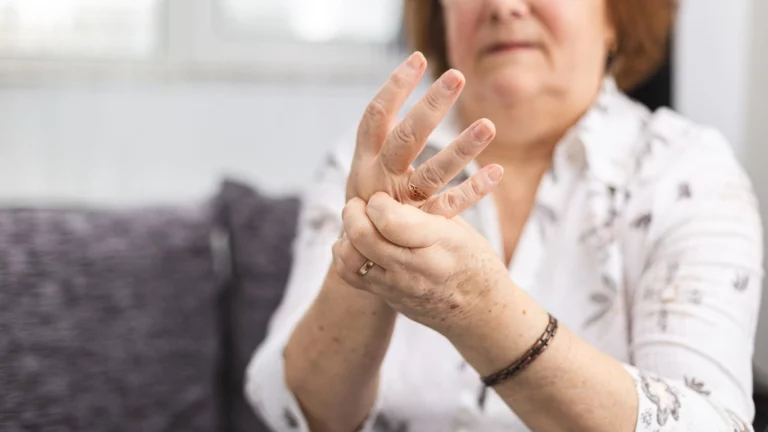The Importance of Regular Blood Pressure Checks 🩺: Why It Matters for Your Health
Let’s face it – we don’t always think about our blood pressure. It’s one of those things that’s easy to ignore until something goes wrong. But here’s the thing: regular blood pressure checks are super important, even if you feel fine. I’ll explain why keeping track of your numbers can save you a lot of headaches (literally and figuratively) down the road.
Why You Should Keep an Eye on Your Blood Pressure

You’ve probably heard of high blood pressure being called the “silent killer.” It sounds dramatic, but it’s true. High blood pressure doesn’t always come with obvious symptoms, but it can seriously mess with your heart, kidneys, and other organs. The worst part? You won’t even know it’s happening unless you check. That’s where regular blood pressure checks come in.
The Silent Danger of High Blood Pressure
Here’s something I learned the hard way: high blood pressure is sneaky. You might feel totally fine, but your heart is working overtime. If you don’t catch it early, it could lead to heart attacks, strokes, or kidney problems. I know a couple of people who didn’t take their blood pressure seriously until it was almost too late. They got lucky, but why risk it?
How Regular Checks Keep You Ahead of the Game
Getting into the habit of checking your blood pressure is one of the easiest ways to stay on top of your health. Here’s how it helps:
- Catch it early: Blood pressure can be creeping up without you even noticing. Regular checks let you spot the rise before it turns into something serious.
- Track your progress: If you’re trying to lower your blood pressure through diet, exercise, or meds, these checks show if you’re on the right track.
- Make informed decisions: When you know your numbers, you can make small tweaks to your lifestyle (more veggies, less stress) that can have a huge impact.
How to Actually Check Your Blood Pressure

So, you’ve decided you want to keep tabs on your blood pressure. Good choice! But how do you do it right? Let me walk you through it.
When to Check
If you’re in decent health, once a year should be good. But if you already have high blood pressure or your doctor’s told you to watch it, you might need to check more often—maybe once a week or so. Trust me, it doesn’t take long, and it’s worth it.
How to Do It Right
- Sit down and relax for about five minutes before taking a reading. If you’re stressed, your blood pressure might spike for no good reason.
- Use the right cuff size. This is a biggie. If the cuff’s too small or too big, your reading could be off.
- Take a few readings at different times of the day to get a better picture of where you’re at. Don’t just trust one reading.
- Keep track of your numbers. Write them down or use an app. It’ll help when you see your doctor.
Troubleshooting Common Problems
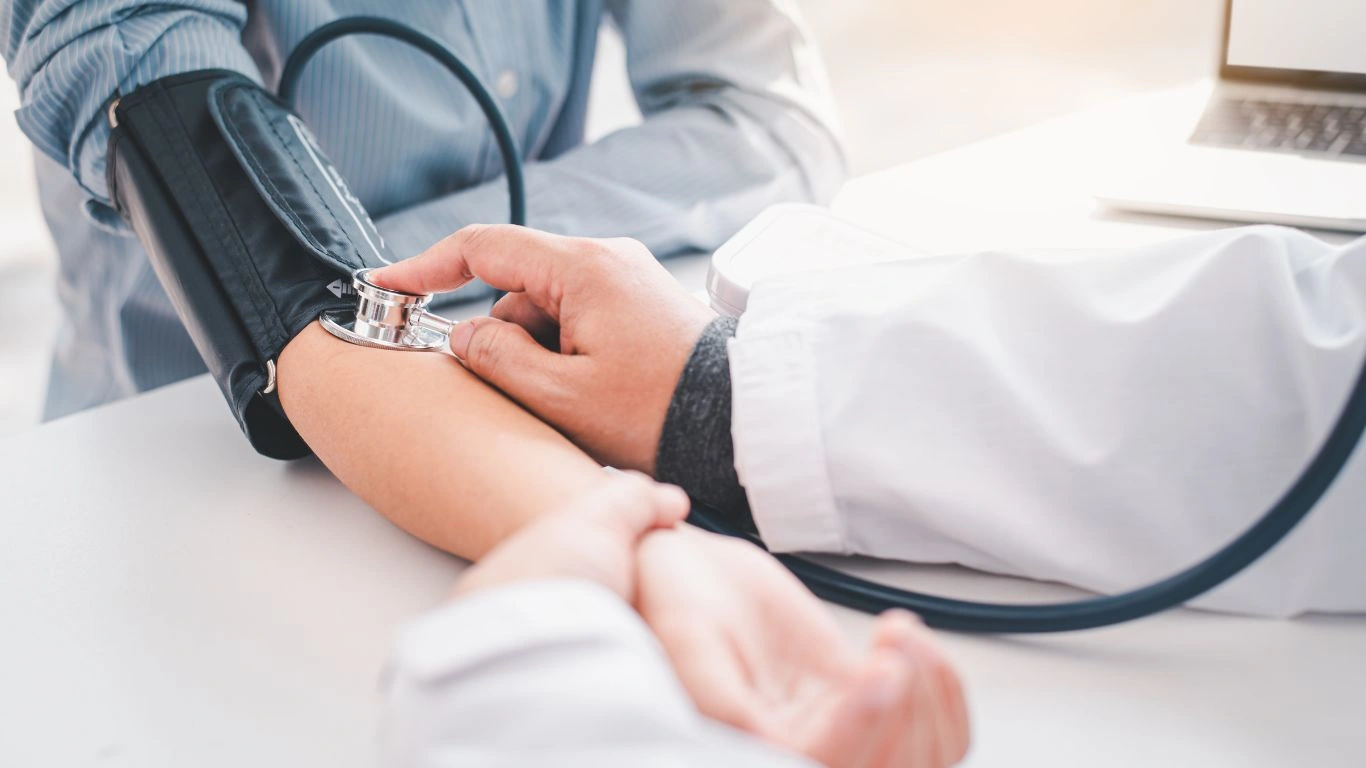
Sometimes, things don’t go as smoothly as you’d like with those readings. Here are a few common issues and how to fix them.
Problem 1: The Reading Feels Off
- What’s going on? You might be using the wrong cuff size or maybe you’re not sitting still enough.
- What to do: Make sure the cuff fits your arm properly. And chill out before you take the reading.
Problem 2: You’re Getting High Readings
- What’s happening? It could be that your blood pressure’s actually high, or maybe it’s just the time of day or something like caffeine.
- What to do: Take a couple more readings at different times. If it’s consistently high, it might be time to talk to your doctor.
Problem 3: Anxiety’s Messing with Your Numbers
- What’s going on? Blood pressure readings can shoot up if you’re nervous (it’s a thing called “white coat syndrome”).
- What to do: Try to relax, breathe deeply, and take a few minutes before you check.
Real-Life Stories: It Can Happen to Anyone
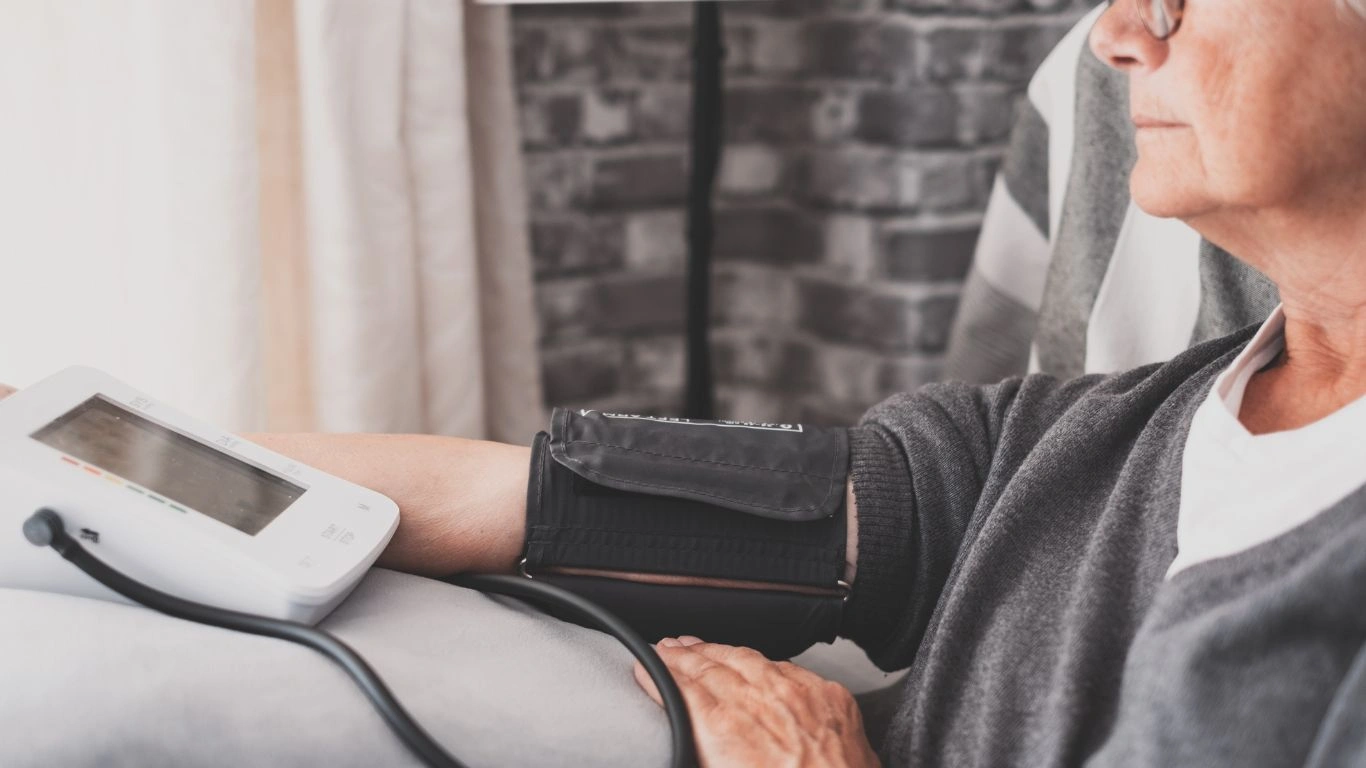
I’ve seen a lot of people get surprised by how much their blood pressure can change. Here are two stories that hit home for me.
Story 1: Sarah’s Wake-Up Call
Sarah’s in her 40s and has always been pretty healthy, so when she got a routine blood pressure check, she didn’t think much of it. Turns out, her numbers were creeping up. After checking regularly, she noticed a pattern and decided to make some changes. She swapped out soda for water, started walking more, and boom—her numbers dropped. Regular checks gave her the info she needed to take control.
Story 2: John’s Medication Journey
John’s story is a little different. He’s in his 60s and had known for a while that his blood pressure wasn’t where it should be, but he didn’t think it was a big deal. After a few more readings, his doctor told him it was time for medication. He started taking it regularly, and with his doctor’s guidance, his blood pressure’s under control now. It’s all about taking action before things get worse.
These stories remind me that it’s never too late to start paying attention to your health. Whether it’s making small changes or getting on the right meds, regular checks can really make a difference.
Key Takeaways
- High blood pressure is sneaky—you won’t feel it, but it can do serious damage. Regular checks help you spot problems early.
- Consistency is key—take your readings at the same time, and track your numbers over time to see how you’re doing.
- If in doubt, talk to your doctor—if you’re getting high readings or you’re unsure, don’t wait. Better safe than sorry!
Frequently Asked Questions 🤔
How often should I check my blood pressure?
If you’re healthy, once a year is fine. But if you have high blood pressure or are on meds, check it more often, like weekly or as your doctor recommends.
Can stress mess with my reading?
Yep, it absolutely can. If you’re feeling stressed when you take your reading, your blood pressure could be temporarily higher than usual. Relax and try again.
What’s a normal blood pressure reading?
The gold standard is usually around 120/80 mmHg. Anything higher than that might mean it’s time to take action.
Can I check my blood pressure at home?
Totally! Home blood pressure monitors are a great way to keep track. Just make sure you’re using it properly, and check your numbers regularly.
References
- American Heart Association – www.heart.org
- Mayo Clinic – www.mayoclinic.org
Disclaimer
Just a heads-up: This article is meant to give general advice and doesn’t replace professional medical help. Always talk to your doctor if you have concerns about your health or blood pressure.
Take Action: Check Your Blood Pressure Today!
If you haven’t checked your blood pressure in a while, now’s a great time to do it. It’s a simple step that could save you from some serious health issues down the line. Don’t wait for a wake-up call—take charge of your health today!

Dr. Gwenna Aazee is a board-certified Internal Medicine Physician with a special focus on hypertension management, chronic disease prevention, and patient education. With years of experience in both clinical practice and medical writing, she’s passionate about turning evidence-based medicine into accessible, actionable advice. Through her work at Healthusias.com, Dr. Aazee empowers readers to take charge of their health with confidence and clarity. Off the clock, she enjoys deep dives into nutrition research, long walks with her rescue pup, and simplifying medical jargon one article at a time.
